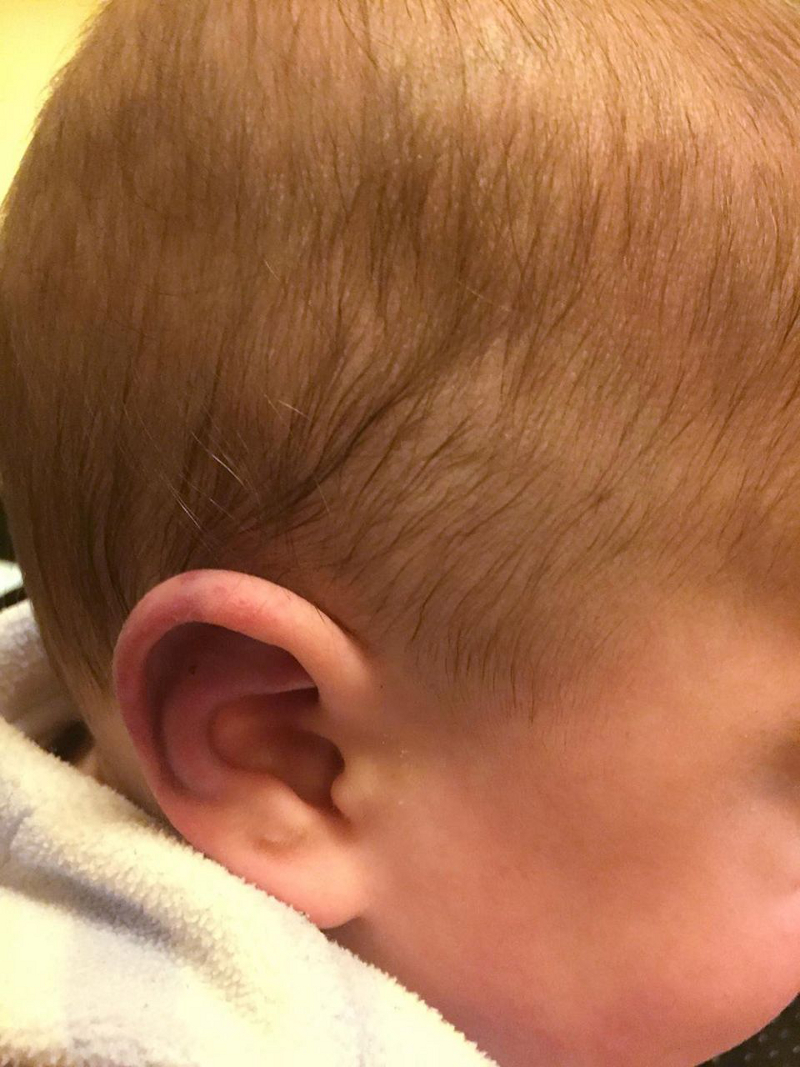Summary
Definition
History and exam
Key diagnostic factors
- presence of risk factors
- age <3 years
- altered mental status: irritability/lethargy/coma
- clinical findings inconsistent with carer history
- retinal/vitreal haemorrhages or retinoschisis
- apnoea
Other diagnostic factors
- no known history of trauma
- seizure
- vomiting
- loss of muscle tone
- brisk or asymmetrical reflexes
- unexplained bruising
- increasing head circumference
- bulging fontanelle
- long-bone fractures
- mucosal injury or torn labial/lingual frenulum
- anogenital signs and symptoms
Risk factors
- age <1 year
- peak of normal crying curve
- male carer
- unrelated adult household member
- male sex
- socio-economic stressors
Diagnostic investigations
1st investigations to order
- cranial CT scan
- FBC
- liver function tests
- toxicology screen
- prothrombin time (PT)/activated PTT/fibrinogen/von Willebrand’s testing
- urinalysis
- cerebrospinal fluid analysis
- cranial MRI
Investigations to consider
- spinal MRI
- cranial ultrasound
- skeletal survey
- complementary imaging
- blood culture
- serum calcium
- serum 1,25-dihydroxy vitamin D levels (calcidiol)
- serum inorganic phosphorus
- serum parathyroid hormone (PTH)
- serum alkaline phosphatase
- skin biopsy/fibroblast culture
- post-mortem examination
Treatment algorithm
Contributors
Authors
Barney Scholefield, MBBS, BSc, MSc, MRCPCH, PhD
Consultant in Paediatric Intensive Care
NIHR Clinician Scientist
Birmingham Women’s and Children’s NHS Foundation Trust
Birmingham
UK
Disclosures
BS receives grant funding from the UK NIHR Clinician Scientist Fellowship programme.
Acknowledgements
Dr Barney Scholefield would like to gratefully acknowledge Dr Joe Brierley, Dr Gavin Wooldridge, and Dr Alice Newton, previous contributors to this topic.
Disclosures
JB, GW, and AN declare that they have no competing interests.
Peer reviewers
Amy Goldberg, MD
Attending Physician
Child Protection Team
Hasboro Children's Hospital
Assistant Professor of Pediatrics
Alpert Medical School
Brown University
Providence
RI
Disclosures
AG declares that she has no competing interests.
Rebecca Moles, MD
Division Chief
Child Protection Program
UMass Memorial Medical Center
Worcester
MA
Disclosures
RM declares that she has no competing interests.
Peer reviewer acknowledgements
BMJ Best Practice topics are updated on a rolling basis in line with developments in evidence and guidance. The peer reviewers listed here have reviewed the content at least once during the history of the topic.
Disclosures
Peer reviewer affiliations and disclosures pertain to the time of the review.
References
Key articles
Narang SK, Fingarson A, Lukefahr J; Council on Child Abuse and Neglect. Abusive head trauma in infants and children. Pediatrics. 2020 Apr;145(4):e20200203.Full text Abstract
Nuño M, Pelissier L, Varshneya K, et al. Outcomes and factors associated with infant abusive head trauma in the US. J Neurosurg Pediatr. 2015 Nov;16(5):515-22.Full text Abstract
National Institute for Health and Care Excellence. Child maltreatment: when to suspect maltreatment in under 18s. October 2017 [internet publication].Full text
Piteau SJ, Ward MG, Barrowman NJ, et al. Clinical and radiographic characteristics associated with abusive and nonabusive head trauma: a systematic review. Pediatrics. 2012 Aug;130(2):315-23. Abstract
Christian CW, Levin AV, Committee on Child Abuse and Neglect, et al. The eye examination in the evaluation of child abuse. Pediatrics. 2018 Aug;142(2):e20181411.Full text Abstract
American College of Radiology. Practice parameters for the performance andinterpretation of skeletal surveys in children. 2021 [internet publication].Full text
Reference articles
A full list of sources referenced in this topic is available here.

Guidelines
- Summary from the basic life support; advanced life support; pediatric life support; neonatal life support; education, implementation, and teams; and first aid task forces
- Pediatric life support 2022 international consensus on cardiopulmonary resuscitation and emergency cardiovascular care science with treatment recommendations
Use of this content is subject to our disclaimer